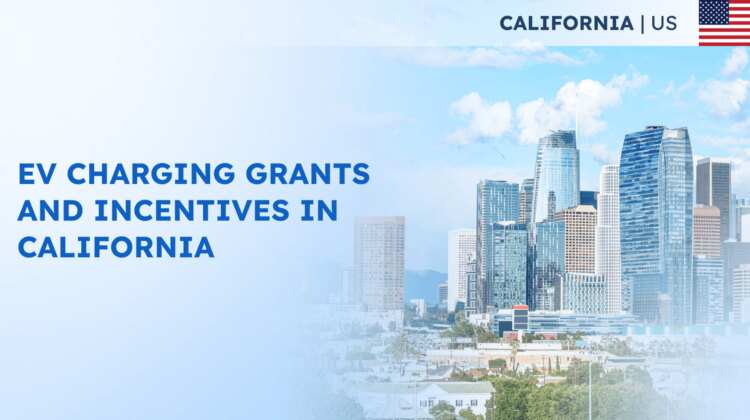The California Energy Commission (CEC) is at the forefront of sustainable transportation initiatives, aiming to accelerate the growth of medium- and heavy-duty electric vehicle (EV) charging infrastructure in the state. The Clean Transportation Program, previously known as the Alternative and Renewable Fuel and Vehicle Technology Program, is excited to introduce an exceptional funding opportunity: GFO-23-603 – Implementation of Medium- and Heavy-Duty Zero-Emission Vehicle Infrastructure Blueprints. This initiative offers up to $20.0 million in funding for projects specifically dedicated to implementing zero-emission EV charging infrastructure.
Eligibility
This grant funding opportunity welcomes a diverse range of entities. Eligible applicants include those listed on the Notice of Proposed Awards (NOPA) for GFO-20-601 who have successfully completed, submitted, and received CEC approval for their Final Blueprint. Additionally, commercial fleets identified as case studies or featuring infrastructure analyses in a GFO-20-601 project are eligible if they have finalized their Final Blueprint and gained CEC approval.
Entities that plan to submit their Final Blueprint before the application deadline can also apply. However, investor-owned utilities and specific GFO-20-601 awardees who haven’t submitted a CEC-approved Final Blueprint by the application deadline are ineligible.
Project Requirements
Proposed projects should focus on the installation, deployment, and demonstration of electric vehicle (EV) charging infrastructure as identified in the approved Final Blueprint developed under GFO-20-601. Applicants must select a Project Group that aligns with the goals of the applicable Final Blueprint. These groups help categorize and rank applications for funding.
- Group 1: Charging Infrastructure for MDHD Zero-Emission Vehicles: Aimed at supporting buses, trucks, or multi-modal solutions.
All projects must be installed in California for public and/or private use, with vehicles acquired to demonstrate real-world operating conditions.
All entities conducting intrastate business in California must be registered and in good standing with the California Secretary of State before their project can be recommended for approval. If you’re not currently registered, we encourage you to take action soon to avoid potential delays.
Data Collection
Each grant recipient must collect and submit 12 months of data to the CEC as specified in the Scope of Work. This includes providing NREL Data Collection Tool data if applicable, and a Data Collection Information and Analysis Report.
It’s important to note that projects receiving incentive funding from another CEC grant funding opportunity or block grant incentive project are not eligible for this GFO.
Charging equipment installed after January 1, 2024, must comply with recordkeeping and reporting standards that CEC is developing. These standards, mandated by AB 2061 (Ting, Chapter 345, Statutes of 2022) and Cal. Pub. Resources Code sect. 25231.5, require compliance with specific regulations. Applicants should be prepared to meet these new regulations, even if they aren’t finalized at the time of application.
Terms and Conditions
Grant agreements resulting from this solicitation will include terms and conditions outlining the recipient’s rights and responsibilities. Applicants must agree to these conditions, and negotiation of terms isn’t allowed. It’s crucial to read and understand these terms and conditions, as they may be subject to modification before grant agreements are executed.
The CEC also reserves the right to cancel a proposed award if documentation needed to meet encumbrance deadlines isn’t likely to be provided in time.
Deadline for submission is November 10, 2023.
For more details and to apply, visit the California Energy Commission’s funding resources website.




